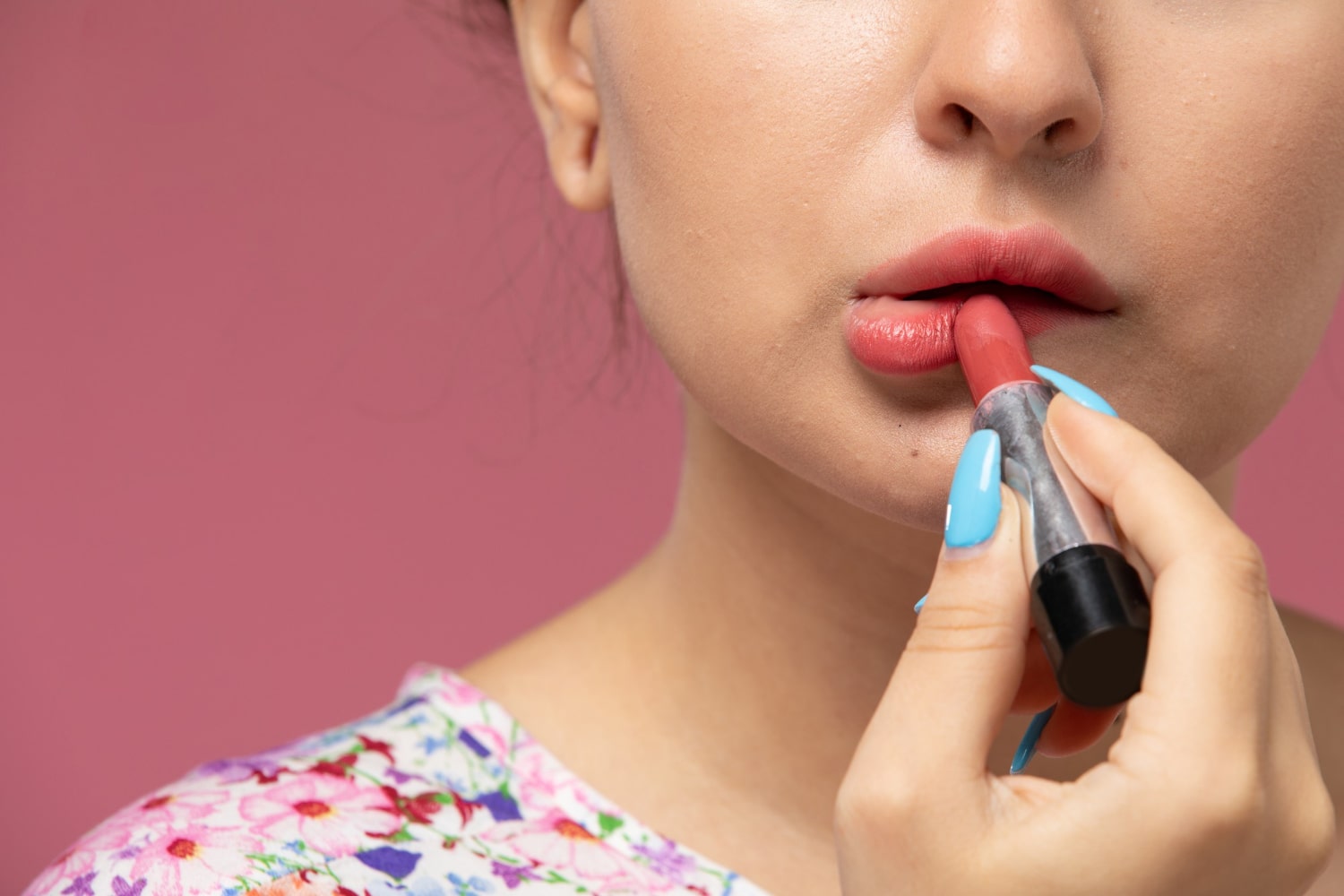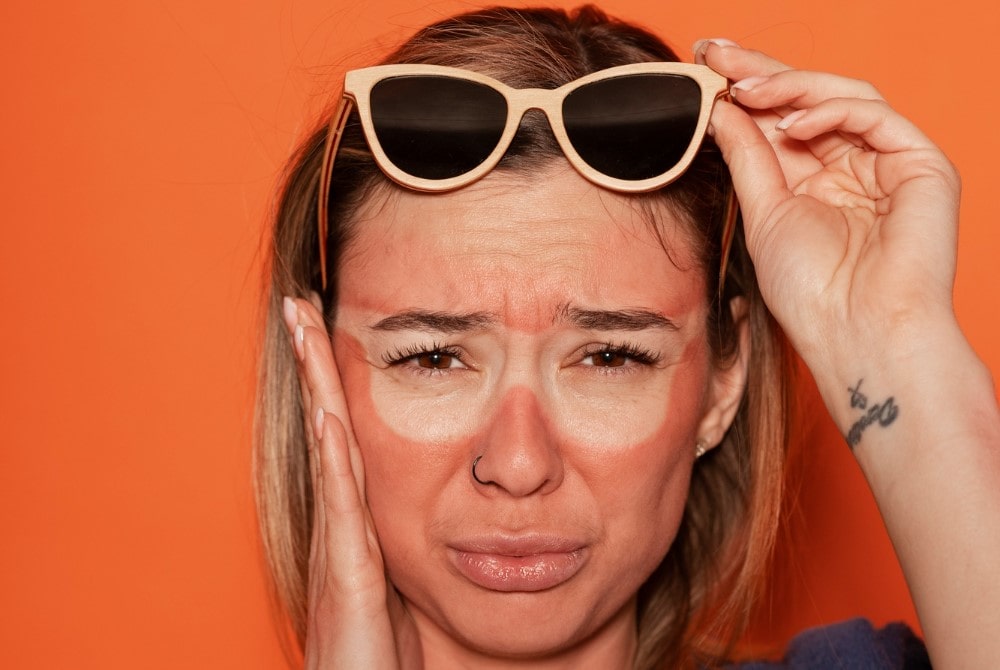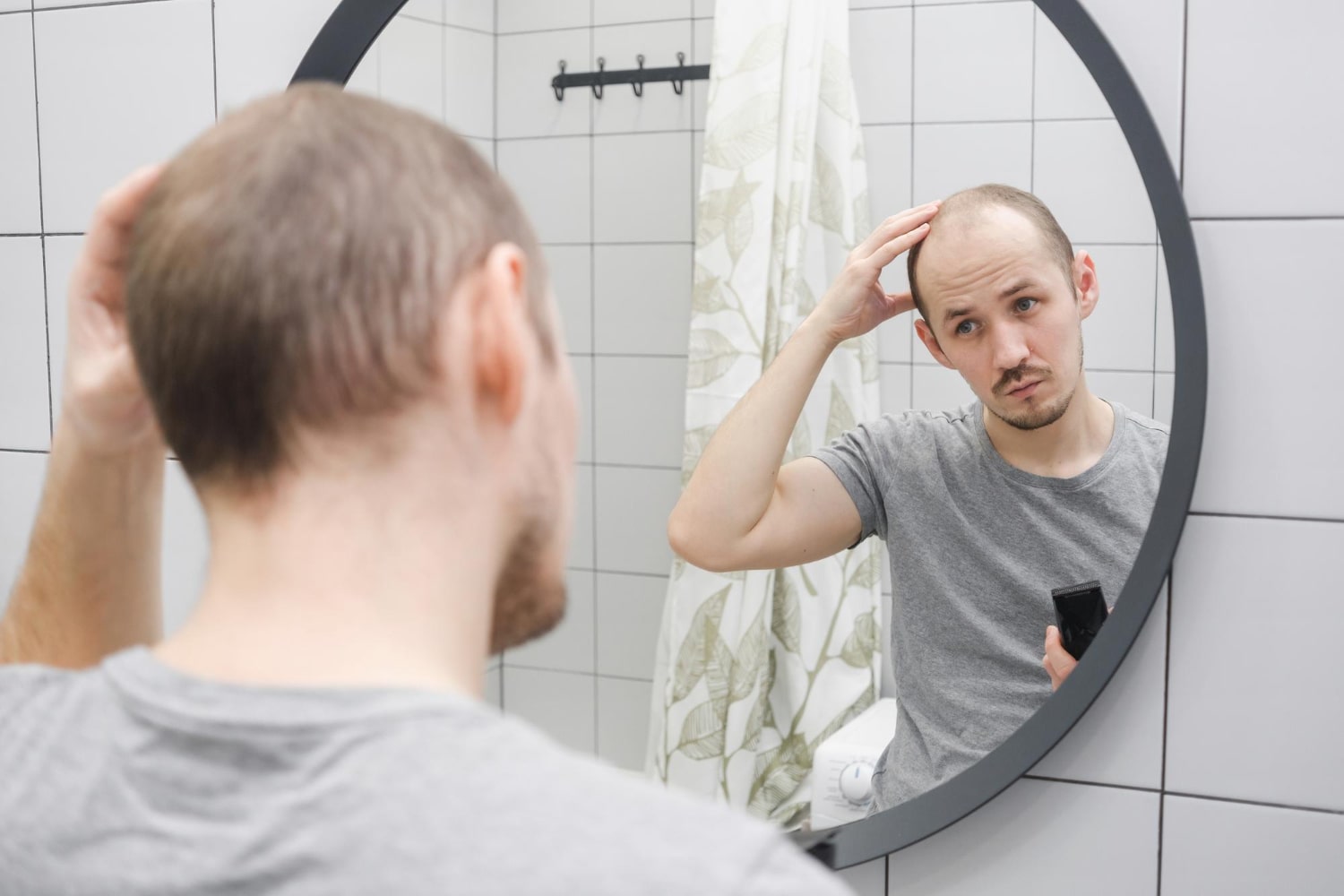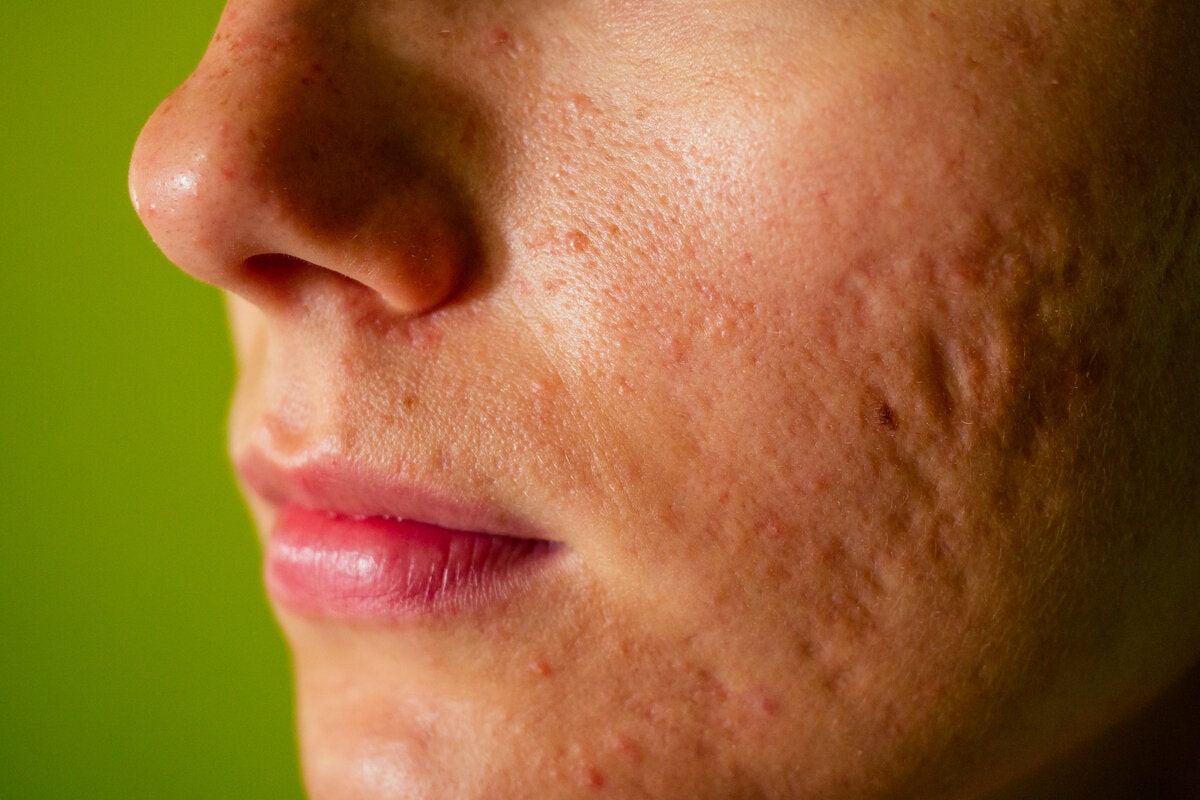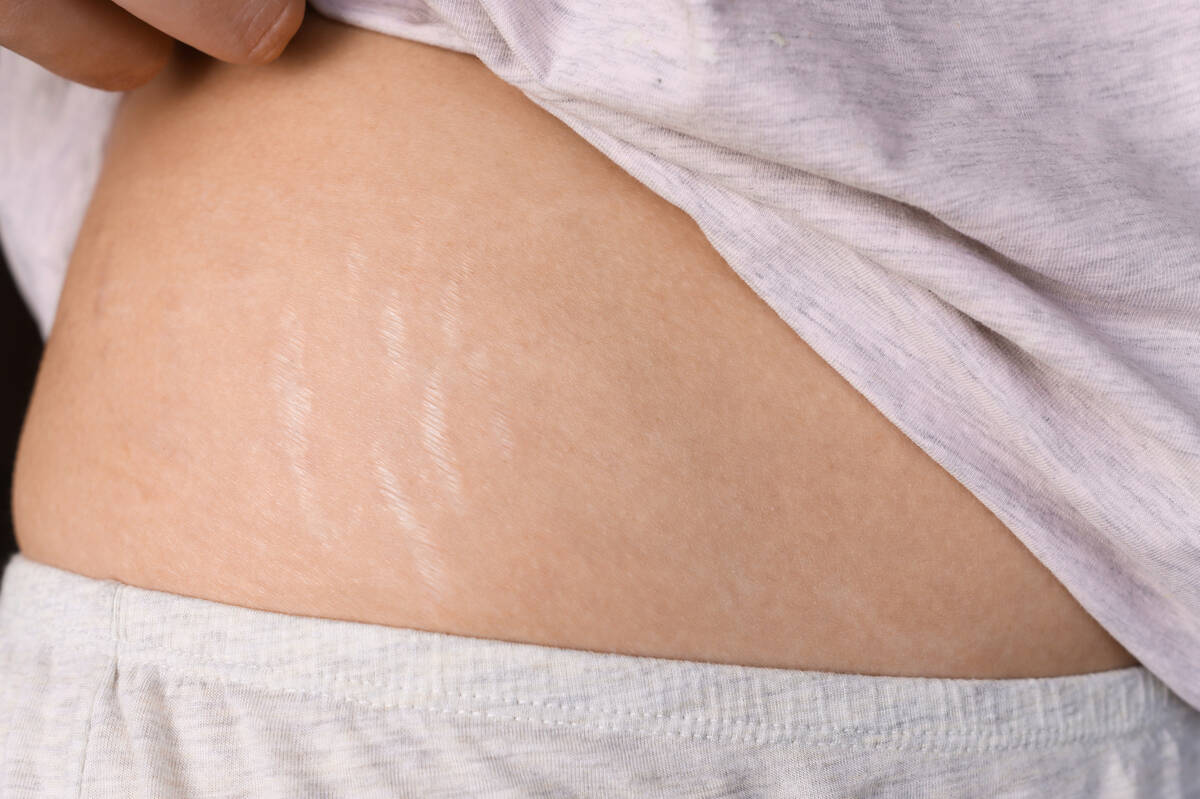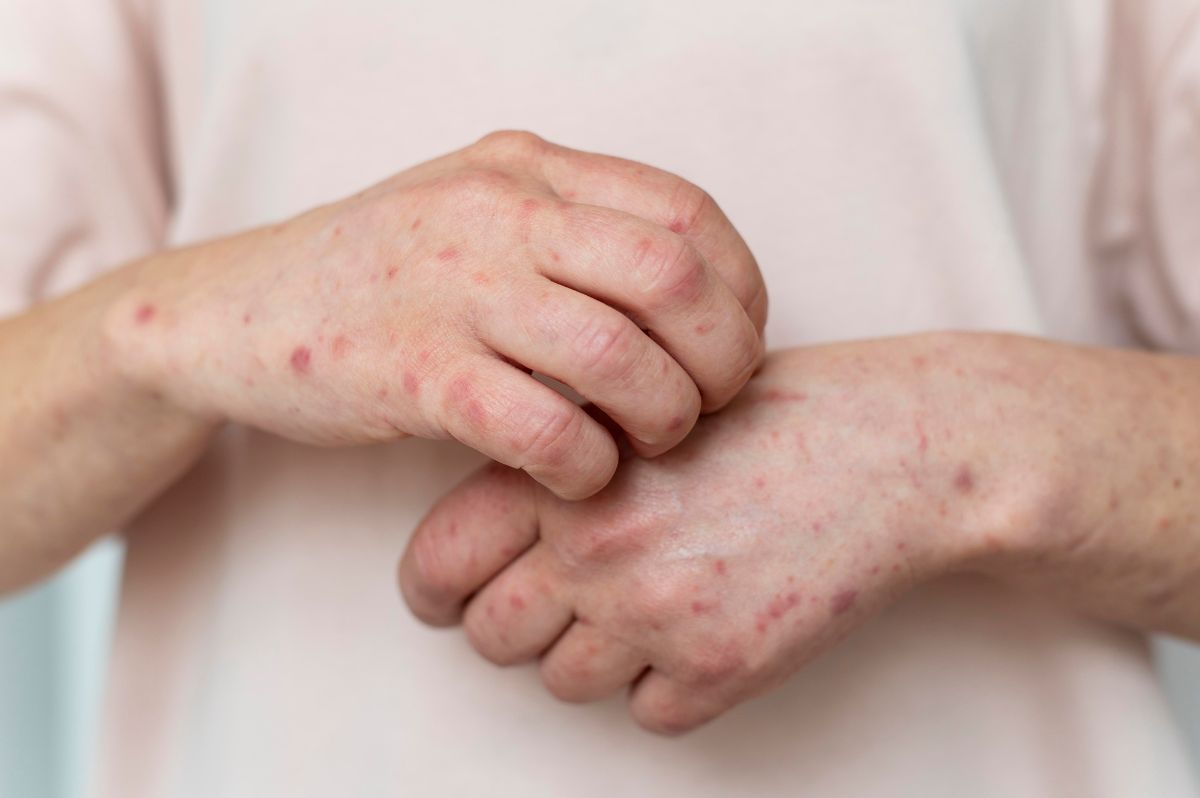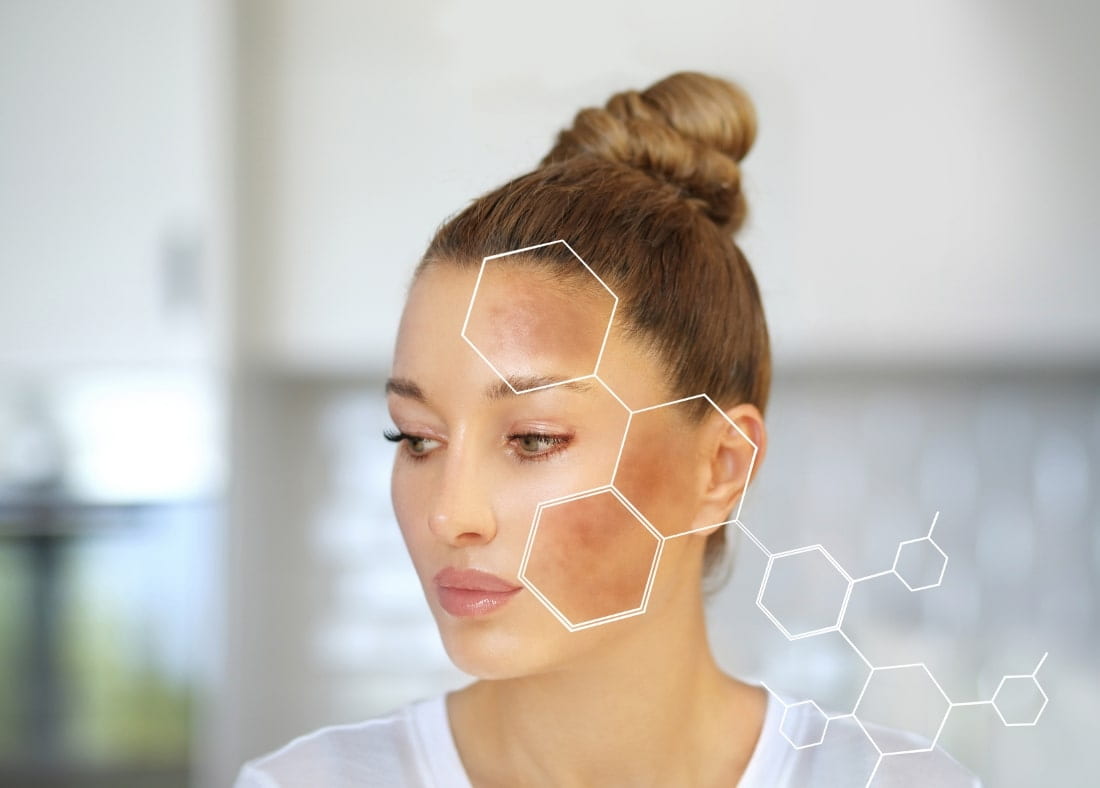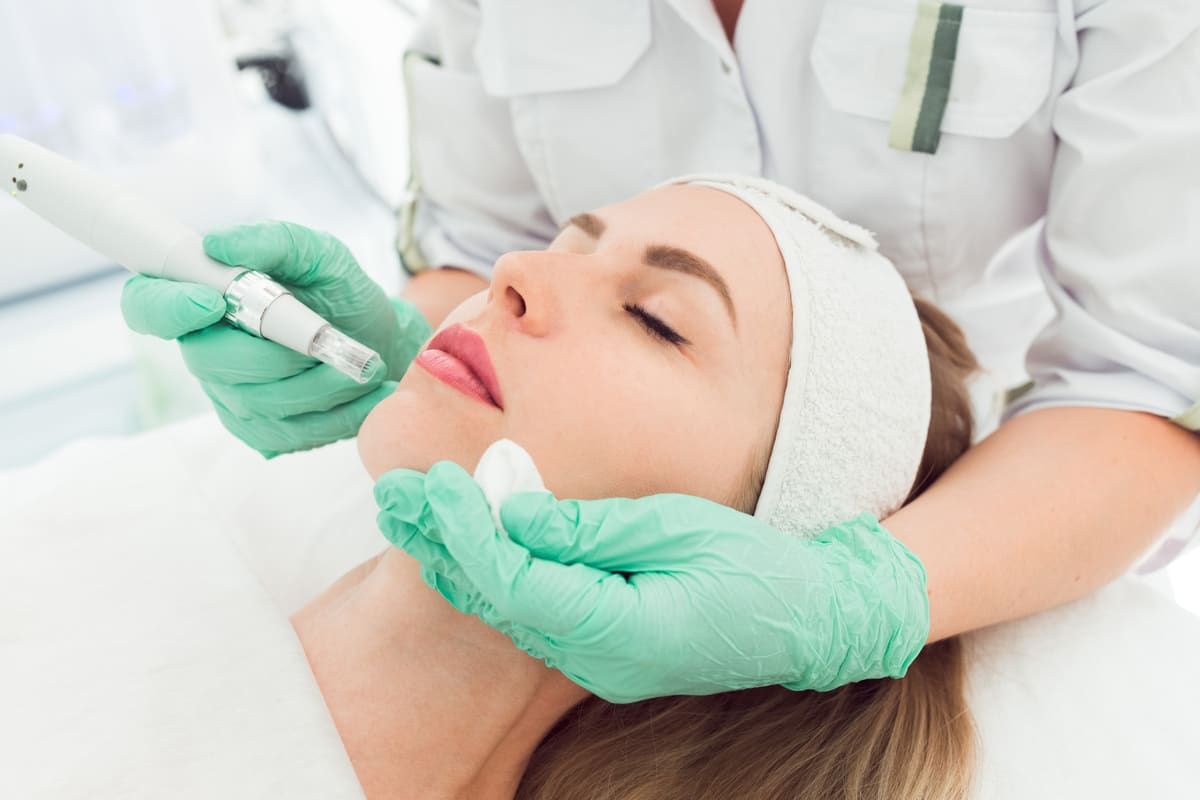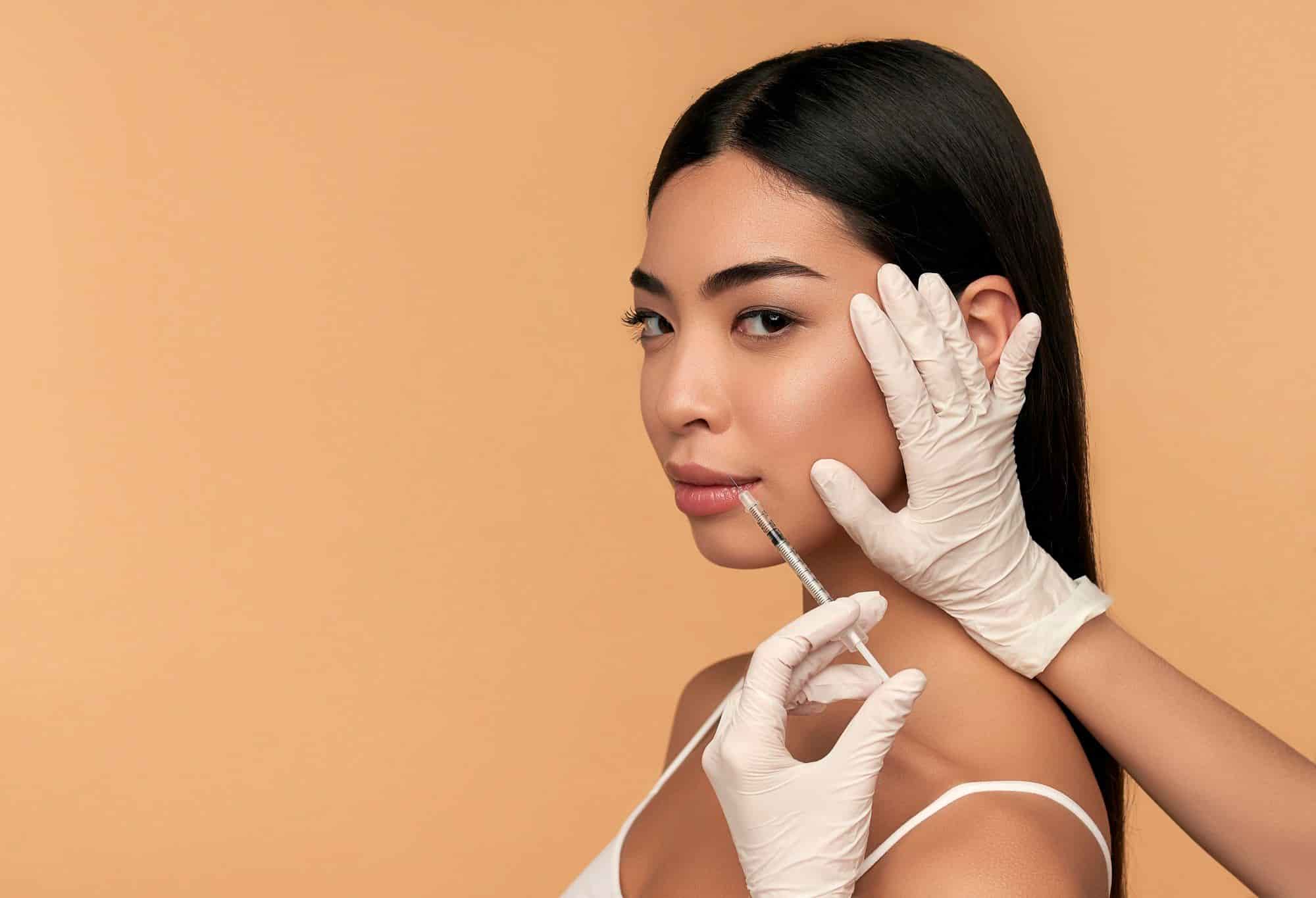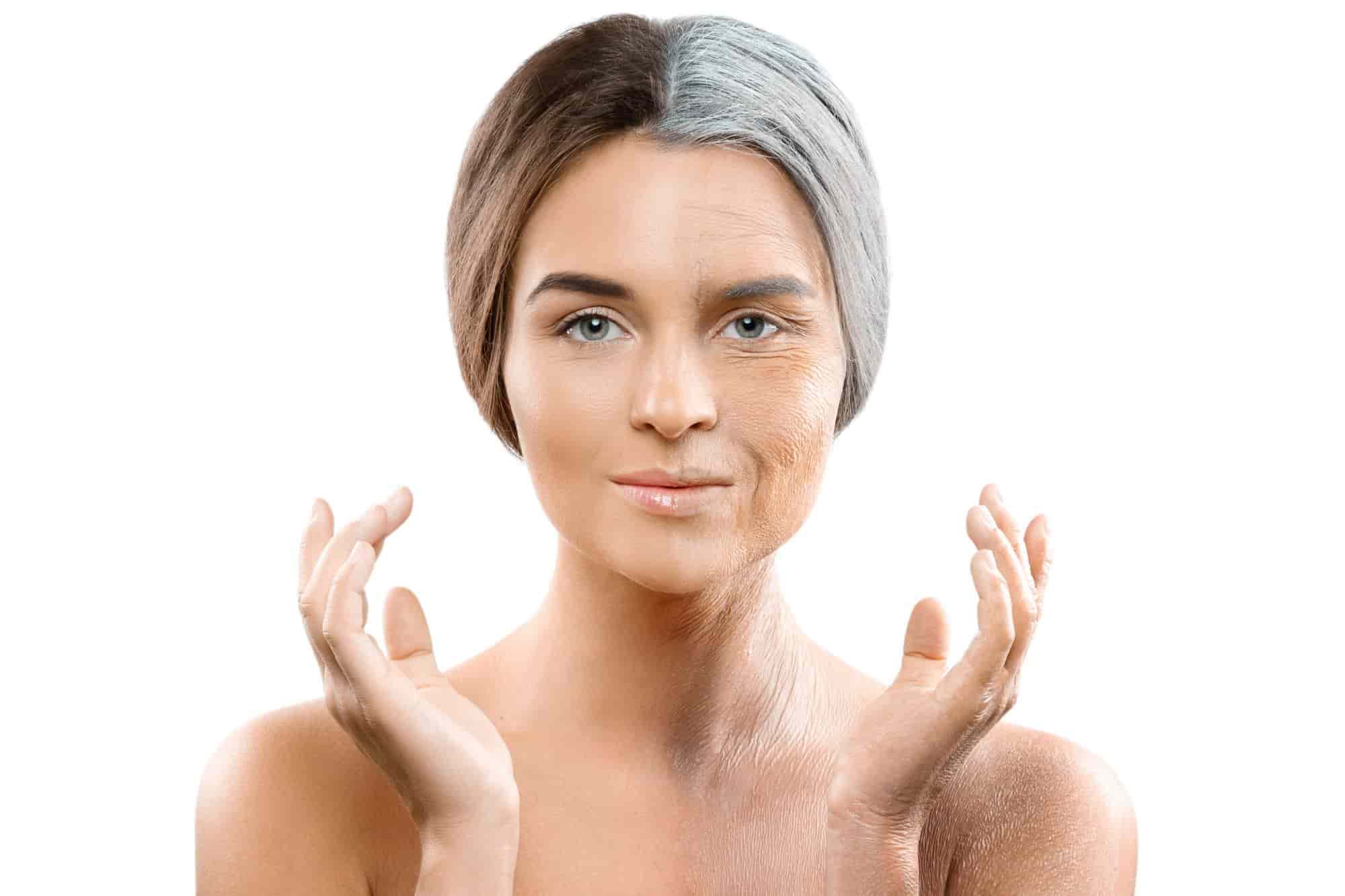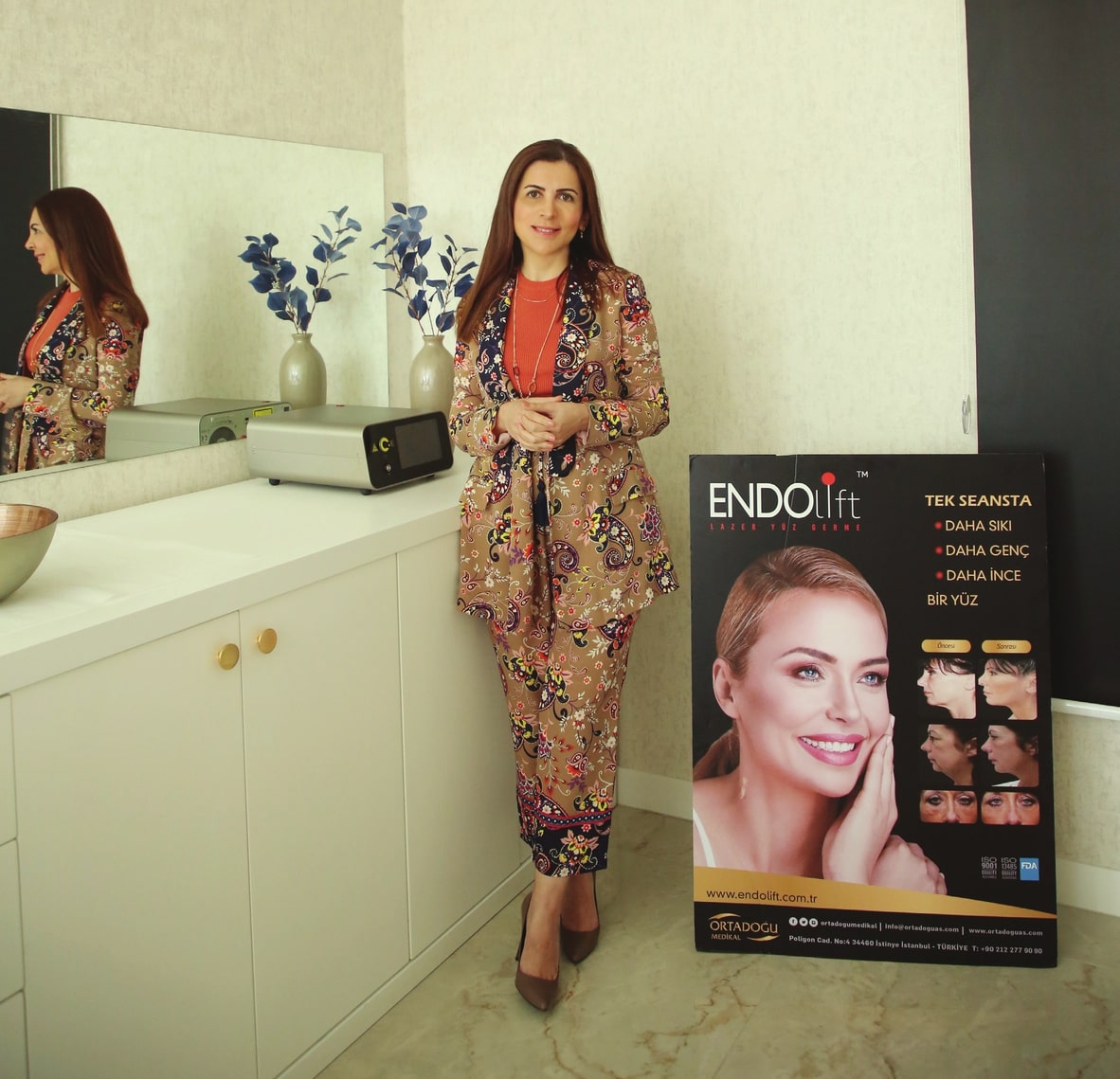Hoş Geldiniz
Doç. Dr. Ebru Karagün
Güzel görünmek, bakımlı ve çekici olmak arzusu Mısır Kraliçesi Kleopatra dönemine kadar uzanan insanlık tarihi kadar eski sosyal bir davranıştır.
Kozmetik, Yunanca “süslemekte usta” anlamına gelen kos-metikos sözcüğünden türetilmiştir.
Yaşlanmakla uzlaşmak istemeyen Coco Chanel’ın da dediği gibi
“Bir kadın hak ettiği yaştadır.”
“Look good……Feel Better” (iyi görün…iyi hisset) vurgusuyla kliniğimizde tüm dermo-kozmetik işlemler ve sağlıklı yaşama dair tamamlayıcı tedavilerle Moment Beştepe Plazada hizmet vermekteyiz.
Hakkımda
Doç. Dr. Ebru Karagün
Dermatoloji Uzmanı
Ondokuz Mayıs Üniversitesinden mezun olduktan sonra uzmanlık eğitimimi Ankara Dışkapı Yıldırım Beyazıt Eğitim ve Araştırma Hastanesi Deri ve Zührevi Hastalıkları Kliniğinde tamamladım. Mecburi hizmetimi Ağrı Devlet Hastanesinde tamamladıktan sonra İstanbul Medipol Üniversitesi Tıp Fakültesi ve Düzce Üniversitesi Tıp Fakültesinde Yrd.Doç.Dr unvanı ile görev yaptım ve 2021 yılında Doçent Doktor unvanını aldım. 2021 yılından itibaren çalıştığım Ankara Liv Hospital hastanesinden ayrılarak, 2022 Nisan ayından itibaren kendi kliniğimde devam etmekteyim.
Yurt içi ve yurt dışı dergilerde yayınlanmış 50’nin üzerinde makalem bulunmaktadır.
Özel ilgi alanlarım; tüm dermatolojik hastalıkların tanı ve tedavisi, dermokozmetik işlemler ve dermatoskopi yer almaktadır.

Blog
Sizin İçin Hazırladıklarımız

Sağlıklı ve güzel hissetmek için ihtiyacınız olan her şey
Kozmetik Uygulamalarda İlk Görüşme Ücretsizdir.
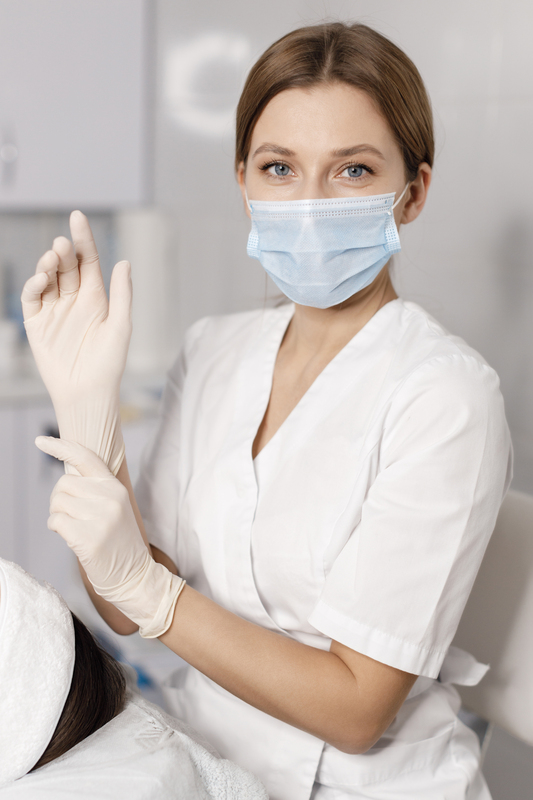
Medyada Biz
Sizleri Bilgilendirmek İçin


